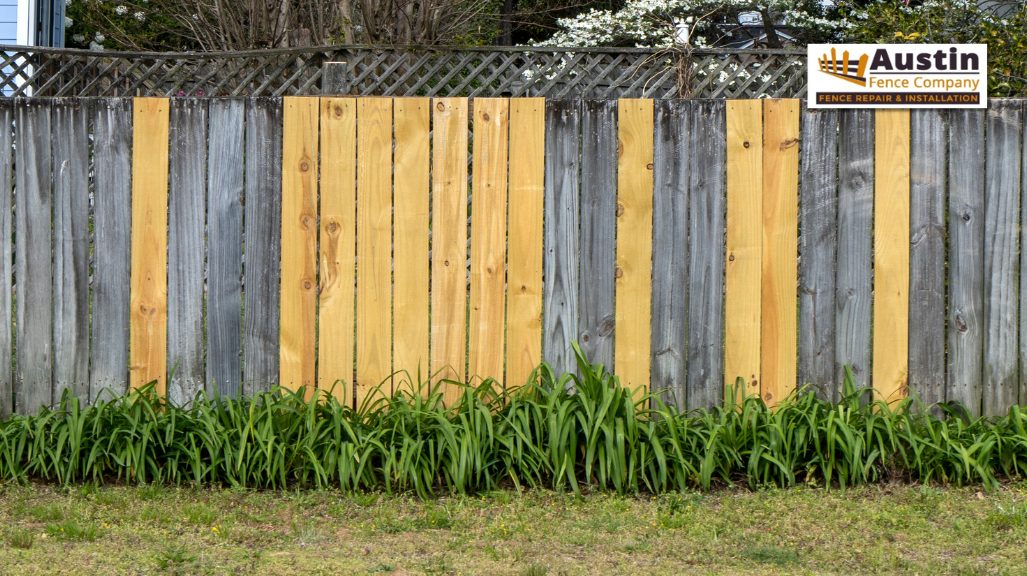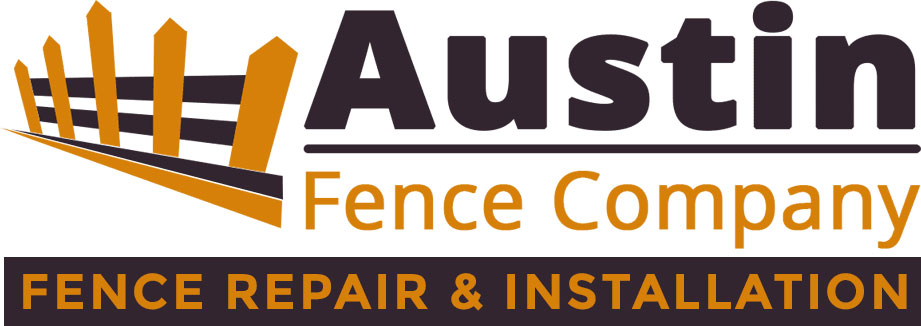
Your fence is more than just a boundary—it plays a crucial role in security, privacy, and curb appeal. But over time, even the most durable fences experience wear and tear. If you’re noticing damage, it’s important to act fast before minor issues turn into costly repairs. If the damage is extensive, a fence replacement project might be necessary to restore security, privacy, and curb appeal.
At Austin Fence Company, we understand how crucial a well-maintained fence is for your property. Whether you own a home or commercial space, recognizing the early warning signs of damage can save you time and money. If you’re searching for fence repair Austin, this guide will walk you through the top signs your fence needs repair and the best ways to address them.
Key Signs Your Fence Needs Repair
1. Leaning or Sagging Sections
A leaning or sagging fence often signals structural instability. Leaning fences not only indicate potential structural problems but also compromise the fence’s effectiveness in providing security and privacy. This can result from weak soil, damaged posts, or weather exposure. If your fence is tilting, inspect the base of the posts for signs of rot, cracks, or looseness. Reinforcing or replacing damaged posts will prevent further collapse.
Pro Tip: To strengthen wobbly posts, use concrete footings and check for underground moisture issues.
2. Loose or Missing Boards
Broken or missing boards compromise your fence’s security and appearance. Common causes include:
- Wood rot due to moisture exposure
- Loose nails or screws
- High winds or physical impact
Regularly check your fence for boards that feel unstable. Replace missing ones immediately to maintain privacy and durability.
Pro Tip: Opt for weather-resistant wood or treated lumber to minimize decay over time.
3. Rust and Corrosion on Metal Fences
For metal fences, rust and corrosion are major red flags. Rust weakens metal structures, making them more susceptible to breakage and collapse. To fix this:
- Scrape off visible rust with a wire brush.
- Apply rust-inhibiting primer.
- Repaint with a weather-resistant coating.
Pro Tip: Perform a rust check every six months, especially after heavy rain.
4. Cracks and Splits in Wooden Fences
Cracks and splits are common in wood fences due to aging, extreme temperatures, and moisture. Small cracks might seem harmless, but they can expand and weaken your fence. To fix this:
- Use wood filler for minor cracks.
- Replace planks that are deeply split.
- Repair or replace broken boards to maintain the fence’s integrity.
- Apply a sealant to protect against further cracking.
Pro Tip: Regular staining or painting prevents moisture absorption and extends the life of your wooden fence.
5. Discoloration and Weathering

A faded or discolored fence is more than an eyesore—it signals material deterioration. This happens due to:
- UV exposure causing fading
- Moisture retention leading to mold or mildew
- Harsh weather conditions accelerating wear
Yellow or gray stains can indicate serious issues such as rotting or molding, especially in environments with high moisture.
To restore your fence:
- Pressure wash to remove grime and stains.
- Apply waterproof sealant or paint.
- Replace severely damaged sections.
Pro Tip: Use UV-protective stain to slow down sun damage.
6. Loose or Damaged Fence Posts
Fence posts are the backbone of your structure. If they become loose or show signs of rot, your entire fence could be at risk. Maintaining the fence’s integrity is crucial to prevent further damage. Causes include:
- Shifting soil
- Prolonged moisture exposure
- Improper installation
To fix a loose post:
- Dig around it and reinforce it with concrete.
- Replace severely damaged posts.
Pro Tip: Ensure proper drainage around fence posts to prevent rot.
7. Gates That Won’t Close Properly
If your gate is misaligned or won’t close, your fence might be shifting. Common issues include:
- Hinges loosen over time
- Posts moving due to soil erosion
- Latches becoming rusted or broken
Realigning your gate or tightening the hardware can resolve this issue.
Pro Tip: Use stainless steel hinges to avoid rust problems.
8. Broken or Weakened Latches and Hinges
Fence latches and hinges endure constant use. Over time, they may:
- Become rusted or corroded
- Loosen, causing the gate to sag
- Break completely, leaving your fence insecure
Check and replace any worn-out hardware to keep your fence functional.
Pro Tip: Lubricate hinges and latches with WD-40 to extend their lifespan.
9. Overgrowth and Vegetation Damage

Vines, bushes, and tree roots can put pressure on your fence, leading to:
- Wood rot due to trapped moisture
- Structural stress from overgrown branches
- Fence leaning as roots shift the ground
Trim vegetation regularly to prevent unnecessary wear and damage.
Pro Tip: Keep a 12-inch clearance between plants and your fence to minimize damage.
A Well-Maintained Fence Enhances Your Property
Your fence is an investment in security, privacy, and curb appeal. Ignoring signs of damage can lead to expensive repairs or even full replacement. In some cases, a fence replacement might be more cost-effective than repeated repairs. Regular maintenance and timely fence repair Austin services will keep your fence in top condition for years to come.
At Austin Fence Company, we specialize in expert fence repair and installation. Whether your fence is leaning, rusting, or falling apart, our team is ready to help. Contact us today for a free inspection and repair estimate!
Frequently Asked Questions
How often should I inspect my fence?
You should inspect your fence at least twice a year. Look for loose boards, rust, and leaning sections after storms or extreme weather.
What’s the best way to prevent fence damage?
Regular staining, sealing, and hardware checks help prolong the life of your fence. Keep an eye on surrounding vegetation and trim branches regularly.
Can I repair a leaning fence myself?
Minor leaning can be fixed by reinforcing the posts with concrete. However, if multiple sections are affected, it’s best to consult a professional.
Is replacing a damaged fence better than repairing it?
If your fence has widespread rot, rust, or severe leaning, replacing it might be more cost-effective than repeated repairs.
Assessing the condition of individual fence panels can help determine whether repair or replacement is the best option.
How long does fence repair take?
Most repairs take a few hours to a full day, depending on the extent of the damage and the materials involved. Using quality materials can ensure that repairs are long-lasting and effective.
Need Expert Fence Repair?
Contact Austin Fence Company today for professional fence repair in Austin. Our team ensures your fence remains strong, secure, and visually appealing for years to come!

